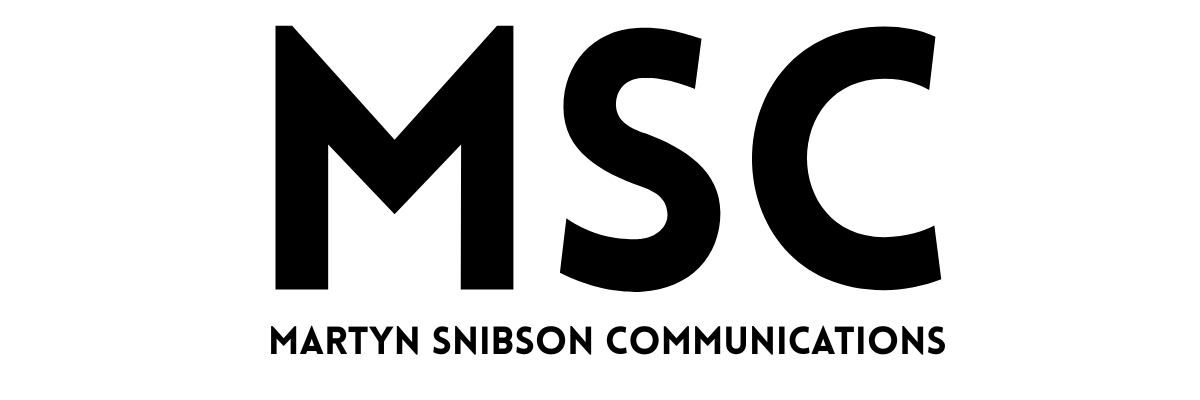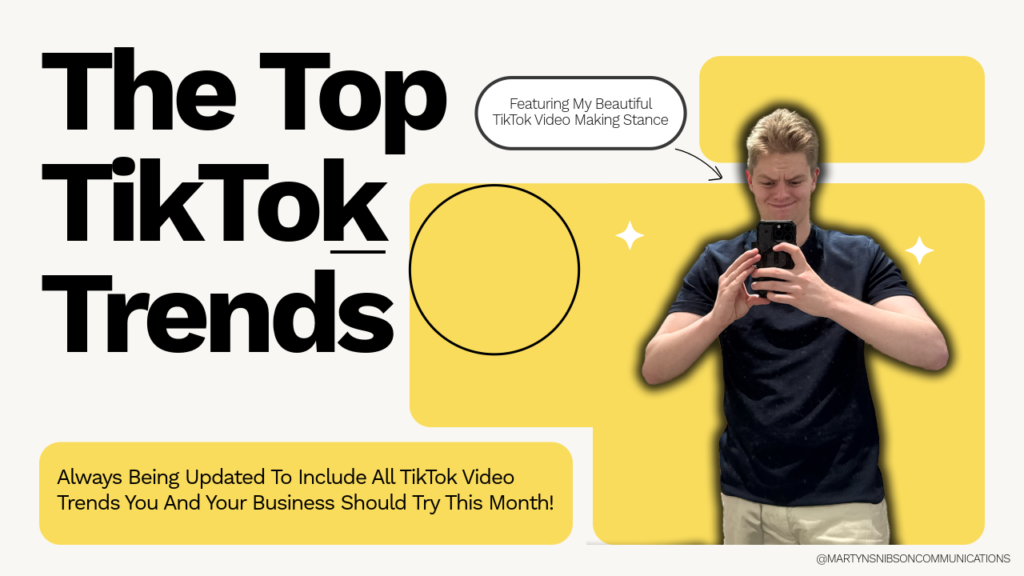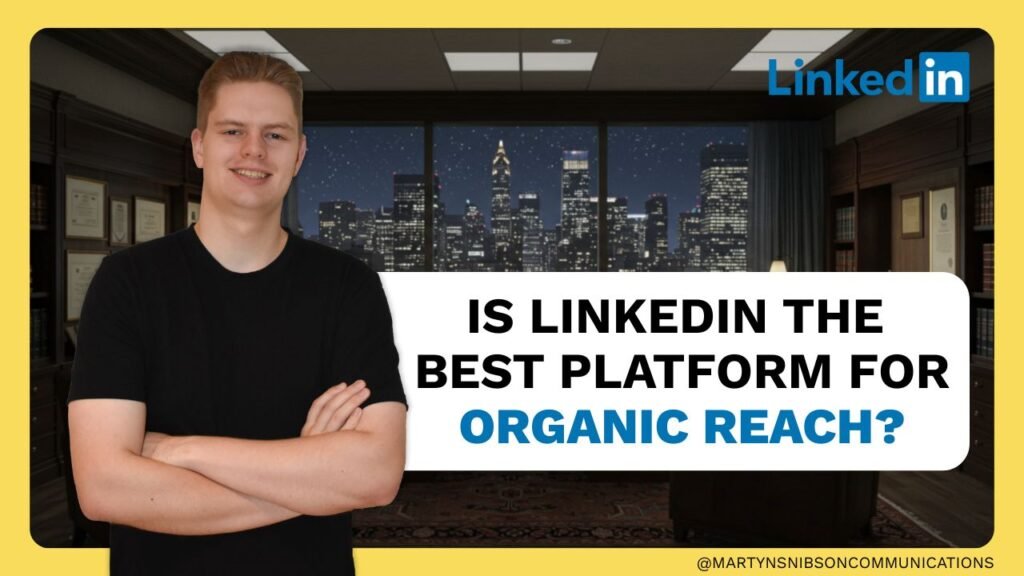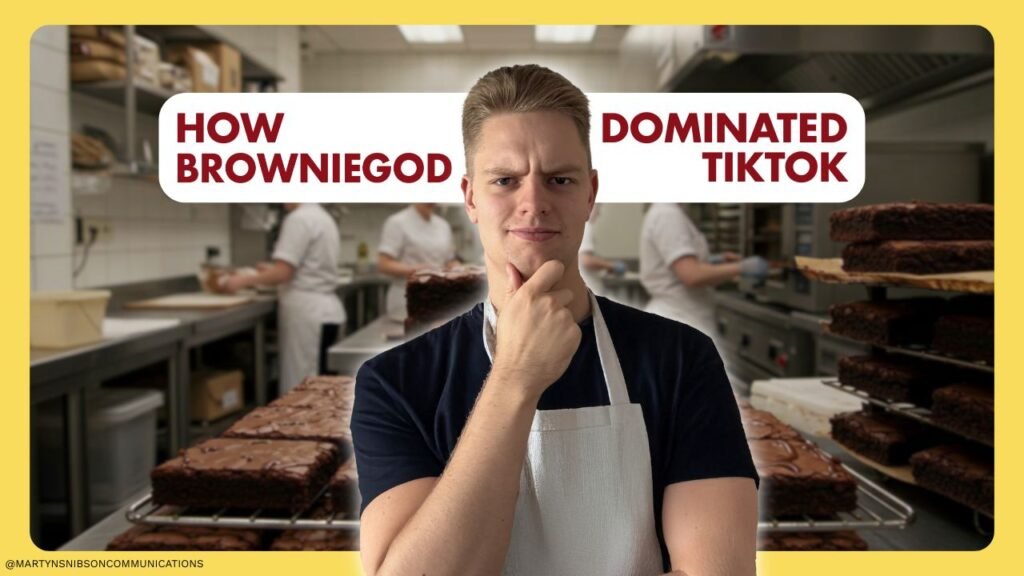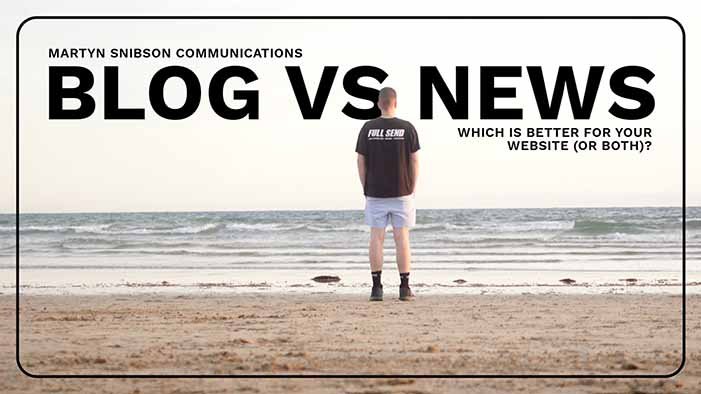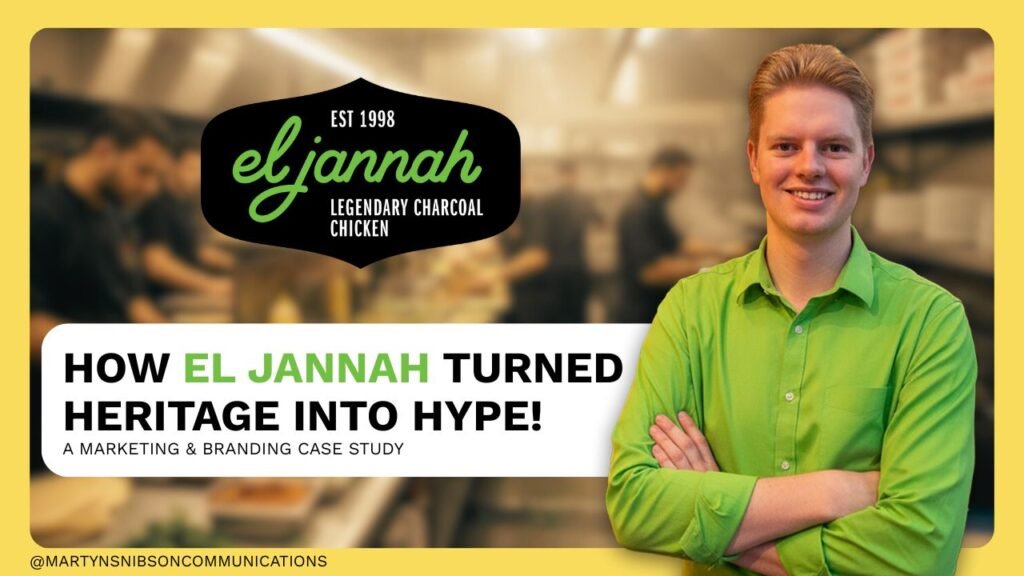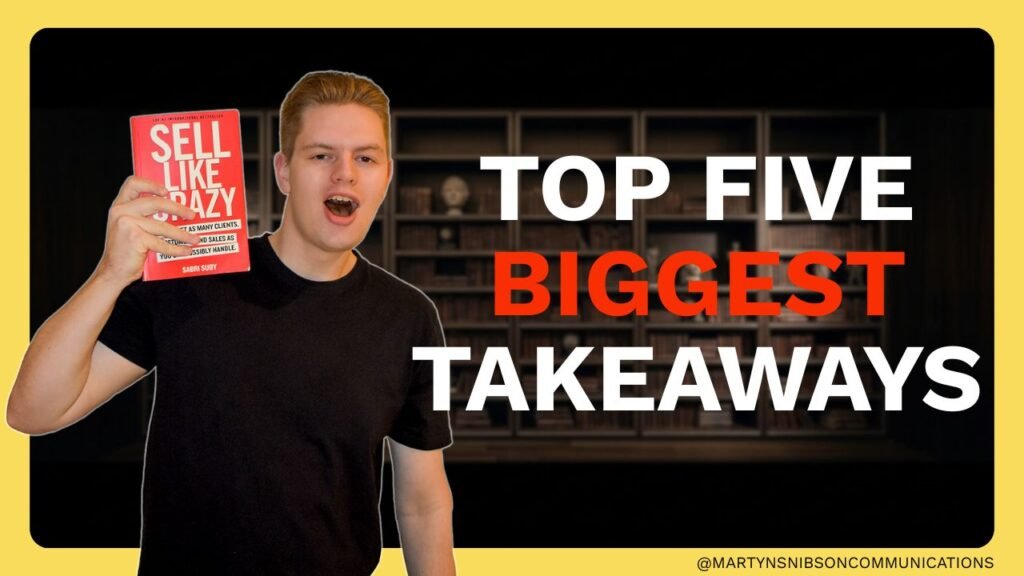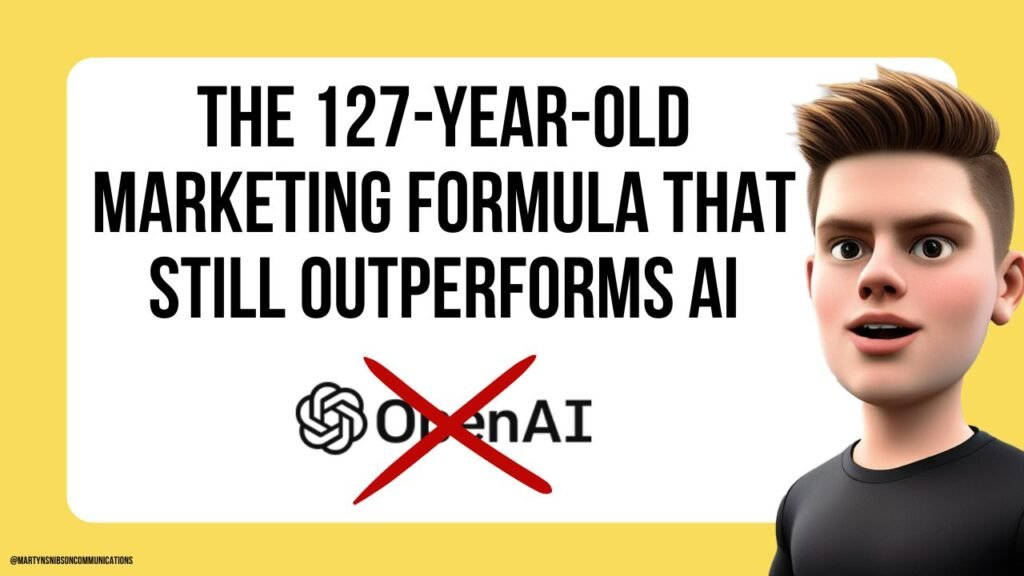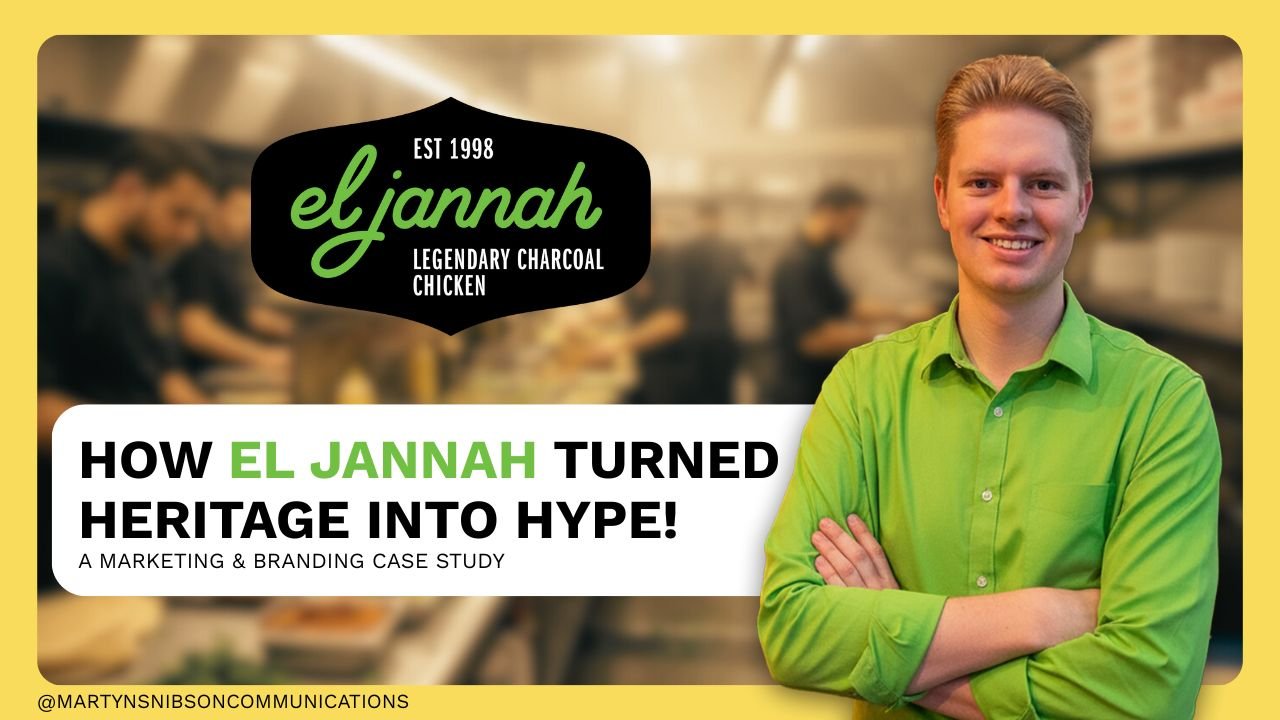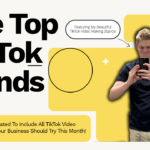- Social Media
- SEO
- Digital Marketing
- Public Relations
- Branding
- MoreYour blog category
- Social Media
- SEO
- Digital Marketing
- Public Relations
- Branding
- MoreYour blog category
Now Reading: Why Leveraging YouTube Shorts Is A Must For B2B Companies In Key Sectors
-
01
Why Leveraging YouTube Shorts Is A Must For B2B Companies In Key Sectors
- Home
- Social Media
- Why Leveraging YouTube Shorts Is A Must For B2B Companies In Key Sectors
Why Leveraging YouTube Shorts Is A Must For B2B Companies In Key Sectors
Martyn SnibsonSocial Media, Digital Marketing6 hours ago27 Views
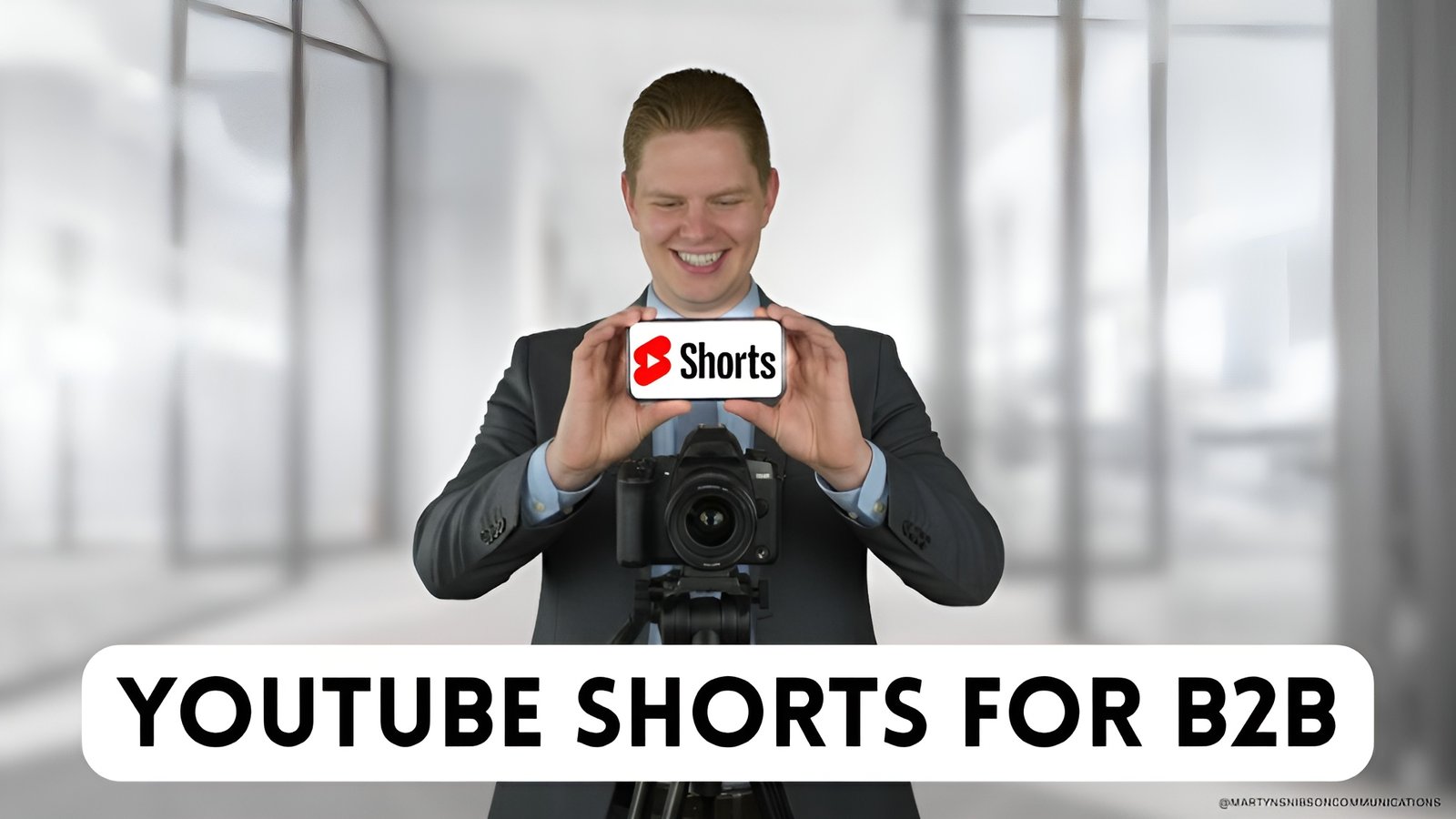
As B2B organisations advance in the widespread integration of dynamic, audience-centric content, short-form video is emerging as a critical growth driver. While 87% of B2B marketers now use video as part of their strategy, and 62% leverage YouTube as a core channel, many still overlook the strategic potential of YouTube Shorts. For companies aiming to enhance awareness, trust, and engagement in a digital landscape constrained by attention, YouTube Shorts offer both a competitive advantage and an undervalued opportunity.
Why B2B Marketers Are Overlooking YouTube Shorts
While TikTok and Instagram Reels enjoy significant popularity, YouTube Shorts distinguishes itself by integrating seamlessly into the larger YouTube ecosystem. Each Short engages an impressive audience of 2.7 billion monthly users. The platform’s robust recommendation algorithms, coupled with visibility through Google, present a compelling opportunity for creators to flourish and engage meaningfully with their audiences.
B2B Growth Marketer Michal Glinka observes that although short-form content “may be crowded with dance trends, meme cuts and reactions… future buyers are watching,” and that “early-moving B2B companies tip-toeing into the Shorts ecosystem are already winning.” His perspective is increasingly validated by data.
In 2025, an analysis conducted by Martyn Snibson for a B2B company in the manufacturing sector found that integrating YouTube Shorts increased viewership by 39.75% compared to the previous year. This achievement was primarily due to the effective repurposing of existing long-form content into concise videos, which served as strategic entry points to “pillar” content, including comprehensive video series, product demonstrations, and case studies.
Together, these findings signal a growing shift: B2B enterprises that leverage Shorts not as entertainment but as entry points into deeper narratives are expanding their reach, visibility, and brand salience faster than competitors still viewing Shorts as peripheral.
Building Trust in a Cautious Market
B2B buyer confidence remains constrained across various sectors. Decision-makers are exercising greater caution with their investments and are seeking heightened levels of authenticity prior to engagement. In this environment, video content has emerged as a significant tool for building trust. Executives are increasingly watching product-related videos multiple times before initiating contact with a sales representative, demonstrating a preference for brands that prioritise informative content over persuasive tactics.
YouTube Shorts offers a format specifically optimised for today’s digital environment. By delivering frequent, human-centred storytelling in seconds, this platform fosters both familiarity and credibility among viewers. Over time, these brief interactions accumulate to build measurable trust equity — an essential component in facilitating large-ticket B2B purchases, where confidence is a critical precursor to conversion.
YouTube Shorts Driving a Top-Of-Funnel YouTube Strategy
Research by Violot et al. (2024) highlights the importance of hybrid funnel models in B2B video strategies. Shorts outperform long-form videos by over 100× in viewership, making them ideal for top-of-funnel discovery. Long-form videos, in turn, drive depth and authority.
Leading organisations now orchestrate both. Shorts capture attention, spark curiosity, and guide viewers toward comprehensive videos or interactive case studies. This dual approach transforms YouTube from a content repository into a strategic funnel ecosystem, converting attention into engagement and engagement into lead generation.
Featured Insights
Martyn Snibson Communications brings you actionable strategies and insights helping you stay ahead in a fast-changing digital world.
Case Studies: Translating Strategy into Impact
Caterpillar Inc.
Caterpillar stands out as a global B2B leader who have used the YouTube platform as a storytelling powerhouse. Its video strategy reflects the company’s core values of safety, innovation, and operational excellence.
By using long-form content, Caterpillar effectively establishes both authority and educational value. These in-depth videos feature product walkarounds, safety tutorials, and sustainability narratives—all meticulously designed to inform and inspire industrial audiences while reinforcing the brand’s reliability.
Conversely, Caterpillar’s YouTube Shorts strategy distils these same principles into highly engaging, bite-sized experiences. Each YouTube Short is crafted to capture attention within seconds, whether it’s showcasing a machine in action, teasing a longer video, or delivering a concise safety or maintenance tip. The goal: stop the scroll, spark curiosity, and drive viewers deeper into the brand’s content ecosystem.
Caterpillar’s long-form videos evoke emotion and identity, while its short-form strategy enhances reach and retention. Together, these formats complement each other—one solidifies the brand’s story, and the other keeps it dynamic.
Blackstone Group
Blackstone Group exemplifies a different but equally strategic approach. Its content strategy clearly bifurcates between long-form storytelling and short-form accessibility, each serving distinct but complementary purposes.
On YouTube, Blackstone’s long-form videos deliver thought leadership through deep dives into global markets, sustainability, and portfolio innovation. These highly polished videos are designed to build trust, engage high-level investors, and position the firm as a forward-looking authority in private equity and asset management.
In contrast, Blackstone’s short-form content has evolved into a tool for agility and brand humanisation. YouTube Shorts and social snippets, such as the #BetweenTwoMeetings series, rapid market updates, and expert Q&As—bring speed and authenticity to their communications. In doing so, Blackstone makes complex financial ideas digestible while spotlighting the people behind the brand.
The outcome is a distinct integration of prestige and accessibility: long-form content fosters strategic trust, while short-form videos enhance the brand’s dynamism and extend its reach to a broader audience.
Shopify
Shopify’s YouTube strategy exemplifies a sophisticated balance between education and engagement, reflecting its mission to empower entrepreneurship at scale.
Its long-form YouTube content, ranging from founder interviews and product deep dives to mini-documentaries, builds authority through narrative-driven storytelling. These videos celebrate success stories, showcase innovation within e-commerce, and position Shopify as both a technology platform and a trusted growth partner. The tone remains aspirational yet grounded, inspiring business owners while reinforcing confidence in the Shopify ecosystem.
In parallel, Shopify’s short-form approach on YouTube Shorts drives accessibility and momentum. Quick e-commerce tips, trend breakdowns, product updates, and relatable entrepreneurial moments deliver fast, high-value takeaways.
Together, Shopify’s long-form and short-form strategies create a virtuous cycle: one builds depth, the other builds reach. Both reinforce the brand’s purpose, to democratise commerce through education, storytelling, and empowerment.
YouTube Shorts SEO Benefits
Unlike many other short-form platforms, YouTube Shorts is seamlessly integrated within Google’s search ecosystem. Each Short benefits from comprehensive metadata, including titles, descriptions, captions, and tags, which significantly enhance visibility both on YouTube and in Google Search.
Although TikTok and Instagram Reels can appear in search results, YouTube Shorts possesses the advantage of first-party integration, which facilitates more consistent ranking and enhanced discoverability. For B2B marketers seeking to achieve long-term organic performance, Shorts serve as a valuable SEO asset, driving sustained inbound traffic and fostering higher-quality engagement over time.
The Strategic Imperative
To future-proof growth, B2B leaders should reposition YouTube Shorts as a top-of-funnel growth engine rather than an afterthought. High-performing B2B companies consistently apply four best practices:
- Integrate Shorts into cohesive ecosystems — ensure short-form storytelling links to in-depth, data-rich narratives.
- Humanise complex offerings — feature employees, customers, and real-world use cases to create emotional relevance.
- Optimise for discoverability — use metadata, consistent posting, and strong hooks to align with algorithmic signals.
- Align cadence with buyer intent — synchronise content frequency and tone with key decision-making stages.
Way Forward
The potential for B2B companies on YouTube Shorts goes beyond views; it focuses on trust, visibility, and growth. As attention spans shorten and content saturation rises, early adopters are already realising up to 20% higher conversion rates compared with traditional ad formats.
For industries that remain uncertain about integrating YouTube into their marketing strategies, the consequences of inaction are tangible: each missed upload constitutes a lost opportunity, allowing competitors to establish an advantage. The future landscape will be shaped by brands that recognise YouTube not merely as a video distribution platform, but as a strategic instrument for cultivating trust, converting viewer engagement into a credible presence, and transforming this authority into a lasting competitive edge.
Related Posts
Previous Post
Next Post
Previous Post
Next Post
Categories
Recent Posts
- Why Leveraging YouTube Shorts Is A Must For B2B Companies In Key Sectors
- How El Jannah Turned Heritage Into Hype: A Marketing & Branding Case Study
- The Top TikTok Trends You Need To Try This Month (Updated: July 2025)
- The Best Organic Reach in 2025? It’s Happening on LinkedIn
- Sell Like Crazy By Sabri Suby – Five Brutally Honest Lessons For Marketers
SEO10 months ago
Blog vs News: Which Is Better For Your Website?
